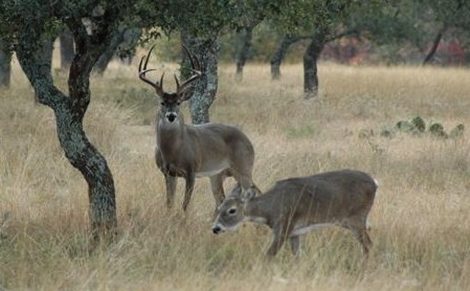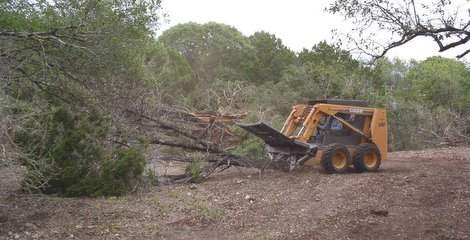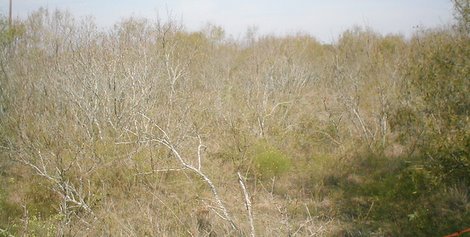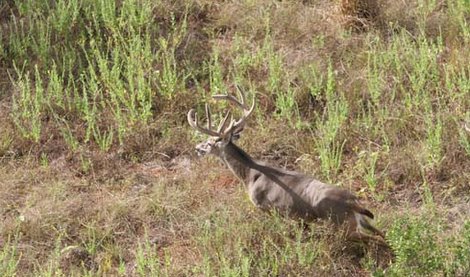Hunting for shed antlers means getting out in the woods at a different time of the year. If you’re like most white-tailed deer hunters, then you spend the majority of your time in the woods during the fall and winter of each year. However, the habitat that white-tailed deer live in — just like the animals themselves — are found there year-round. Shed hunting is a good opportunity to get out and explore the area you hunt, learn more about it, and possibly even find some nice shed antlers.
With spring just around the corner and whitetail bucks beginning to shed last year’s antler growth, there is a good opportunity to learn more about your deer hunting area as well as the deer that live there. Hunters get excited when bucks start growing their antlers each year because it’s a chance to witness the affect of past management activities and offers a look ahead to, hopefully, future harvests. It really is something to get pumped up about.
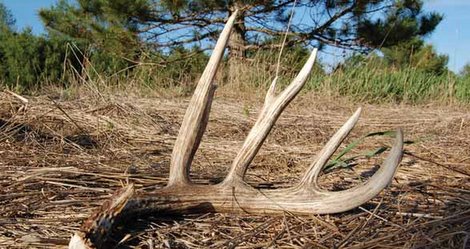
Shed Hunting Season
Then, on the other hand, there are some hunters that also get pumped up after the hunting seasons have already ended. Those guys and gals are the shed hunters. Once winter sets in, it marks the fact that soon whitetail bucks will be dropping, casting their coveted antlers. As it turns out, there are ways to get a huge set of antlers on your wall other than shooting the big boy. He may have eluded you during the season, but you can still find his shed antlers!
Finding shed deer antlers not only ends with great rewards you get to take home, but also with some valuable information you can tuck away in your back pocket for next season. Information such as the quality of bucks that made it through the last hunting season, the number of different bucks that were in the area, and specific areas that these bucks used while in your area.
Shed antlers also allow you to physically track bucks that you may have been keeping a close eye on. Measurements that can be taken from year to year include common measurements such as beam length, tine length, and mass measurements.
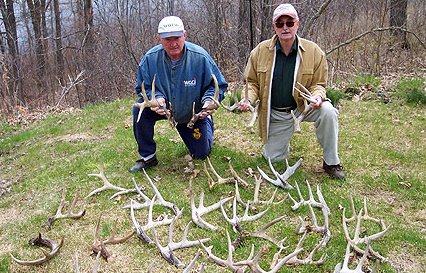
Shed Hunting Tips
- Look in and around late-season food plots and other food sources.
- Examine deer travel corridors, water sources and anywhere deer commonly travel.
- Use a game camera to monitor the deer herd and ensure most of the bucks in the area have already shed their antlers before your start. More antlers on the ground ups your chances at finding them.
- Don’t wait too long to hunt for sheds. Rodents will eat and destroy cast antlers due to the coveted minerals they contain. In addition, warming weather will spur forb and grass growth and make finding antlers much more difficult.
- Keep an eye out for new hunting locations. This may inspire you to cover more ground, increasing your chances of finding deer sheds.




